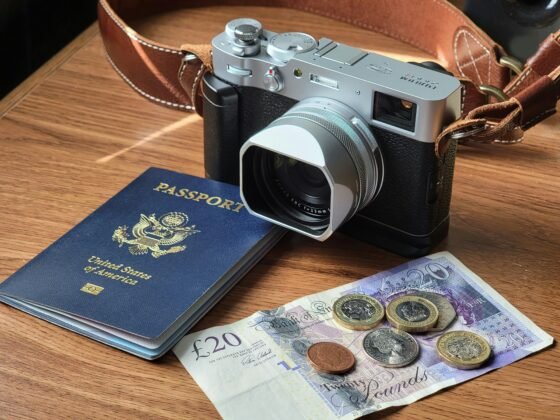Both ‘etiquette’ and ‘faux pas’ stem from the French language and unless you want to make an almighty faux pas of your own, follow these pointers on etiquette, customs and manners when in France.
Practice your kissing technique
What’s your greeting of choice; handshake, slap on the back or numerous kisses? Well in Paris two cheek kisses are considered the norm, although in Brittany three alternate kisses are preferred and even more confusingly, people in Nice are not entirely unaccustomed to 4 kisses! Let the woman start the kisses and follow their lead. You’ll be pleased to know that guys don’t kiss, unless you’re intimately acquainted of course! Discreet air kissing is acceptable amongst the older generations. Avoid hugging at all costs which is considered way too intimate for a social situation.
Learn a little French
A little French goes a long way. The French have sometimes have a reputation for being a little standoffish but trotting out a few well learnt local phrases will go a long way. A good opener when asking for directions is Excusez-moi de vous déranger (Excuse me for disturbing you) or even just hello; Bonjour, Monsieur/Madame. Here are a few basic useful phrases;
- Yes, please/No, thank you – Oui, s’il vous plaît/Non, merci
- How are you? – Comment allez-vous?
- Very well, thanks – Très bien, merci
- Can you help me? – Est-ce que vous pouvez m’aider?
- I don’t understand – Je ne comprends pas.
And if all else fails…
- Do you speak English? – Est-ce que vous parlez anglais?
Compliments are always appreciated
French women have a reputation for being well groomed at all times; don’t be surprised if you spot woman in full make up and stylish dress just for popping to the local grocery shop. Casual wear such as tank tops, shorts and t-shirts are the dress of the casual tourist. To make an impression, especially if in you’re in France on business, a suit or a dress will be expected. Trips to restaurants will call for smart casual wear and dresses and heels are commonplace for women.
Get ready for the five course feast
French food is typically quite rich and is served in small portions but over a large number of courses and a five meal isn’t unusual. A classic five course meal may consist of asparagus to start (its commonplace to use fingers), shellfish in broth (you can remove the shellfish with your fingers), meats such as beef for a third course (use both knife and fork in your usual hands), cheese selection for fourth course (cut with your right hand, spread and eat with your left) and a sweet dessert for the fifth and final course (use your dessert spoon on your left and dessert fork on your right if needed).
Wine etiquette
The usual rules apply; red wine with meats and white wine with white meats and fish. Don’t pour your own glass of wine, this is the job of the waiter at a restaurant or your host at a private function. Women should wait for the man to refill their glasses and be aware that the more you drink from your glass, the more it will be topped up! And drinking soda, tea or coffee at dinner is a no-no too, only wine and water are consumed with food. And one more point, never take wine to a dinner party – it hints that your hosts wine is not up to scratch.
Don’t get nosey
Generally the French prefer privacy and will wait until they know you very well before divulging details about their private lives. Whereas Americans are really open, the French, much like the British, do practice quite a reserved behaviour.
Never give chrysanthemums
Instead of wine as a gift, flowers or even a potted plant would be most welcome but NEVER take chrysanthemums which symbolise funerals. Steer away from yellow flowers too which, rumour has it, implies the husband is unfaithful.












